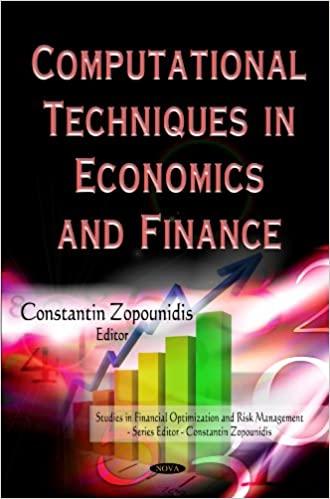Answered step by step
Verified Expert Solution
Question
1 Approved Answer
Bank A currently has $ 1 0 0 M in assets, with $ 9 0 in deposits ( only liability ) and $ 1 0
Bank A currently has $M in assets, with $ in deposits only liability and $M in equity capital all book values Management has described that $M of the total assets are liquid and could be quickly sold at their book value eg cash and treasuries The remaining $M of total assets consists of illiquid assets such as loans and illiquid securities eg MBS In case these illiquid assets had to be quickly liquidated, they would be sold at a discount of their book value. The bank has both insured and noninsured deposits, which are fully covered and not covered by deposit insurance, respectively. Insured and noninsured deposits are equal to $M and $M respectively. Kevin has noninsured deposits in the bank and is concerned about a potential run on the bank today due to rumors. There are only two dates days in this example. Today: All depositors will decide to keep or not their deposits in the bank. The bank will allow all depositors to withdraw their deposits as long as it can raise funds to pay them. The bank cannot raise new equity or deposits. It will meet withdrawals by first selling the liquid assets and then selling illiquid assets when there are no liquid assets left Tomorrow: Regulators will evaluate the assets and deposits of the bank. If the assets are below deposits the bank will be declared insolvent and liquidated. The funds from the liquidation will be split among all depositors, and the deposit insurance will cover any possible loss on deposits among insured depositors. If the assets are greater or equal than the deposits the bank will not be liquidated and deposits will be worth their full value. Depositors have an option between running to the bank today to withdraw their deposits and waiting for tomorrow. Running to the bank today is costly small cost Note that, in the absence of a liquidation of the bank tomorrow, depositors will prefer to wait deposits will have full value and avoids cost of running Note that insured depositors will also never run as they are fully covered tomorrow independently of a possible liquidation of the bank. Suppose that Kevin is expecting a run by all other uninsured depositors today panic scenario Will the bank have enough funds to cover all withdrawals? What will be the value of the banks assets and deposits tomorrow? Will the bank be liquidated or not tomorrow? If Kevin expected all other noninsured depositors to run on the bank today, would he run as well? Would this lead to selffulfilling bank run or panic, ie a situation where an expectation by all depositors that others would run materializes into an actual run by all noninsured depositors? Explain. Suppose now that insured and noninsured depositors are equal to $M and $M respectively. All other assumptions remain the same. Show how your answers to each question ad would change if change at all In the context of your previous analyses, can partial deposit insurance ie deposit insurance covering only a fraction of deposits, ie not all deposits prevent bank runs? Explain.
Step by Step Solution
There are 3 Steps involved in it
Step: 1

Get Instant Access to Expert-Tailored Solutions
See step-by-step solutions with expert insights and AI powered tools for academic success
Step: 2

Step: 3

Ace Your Homework with AI
Get the answers you need in no time with our AI-driven, step-by-step assistance
Get Started


